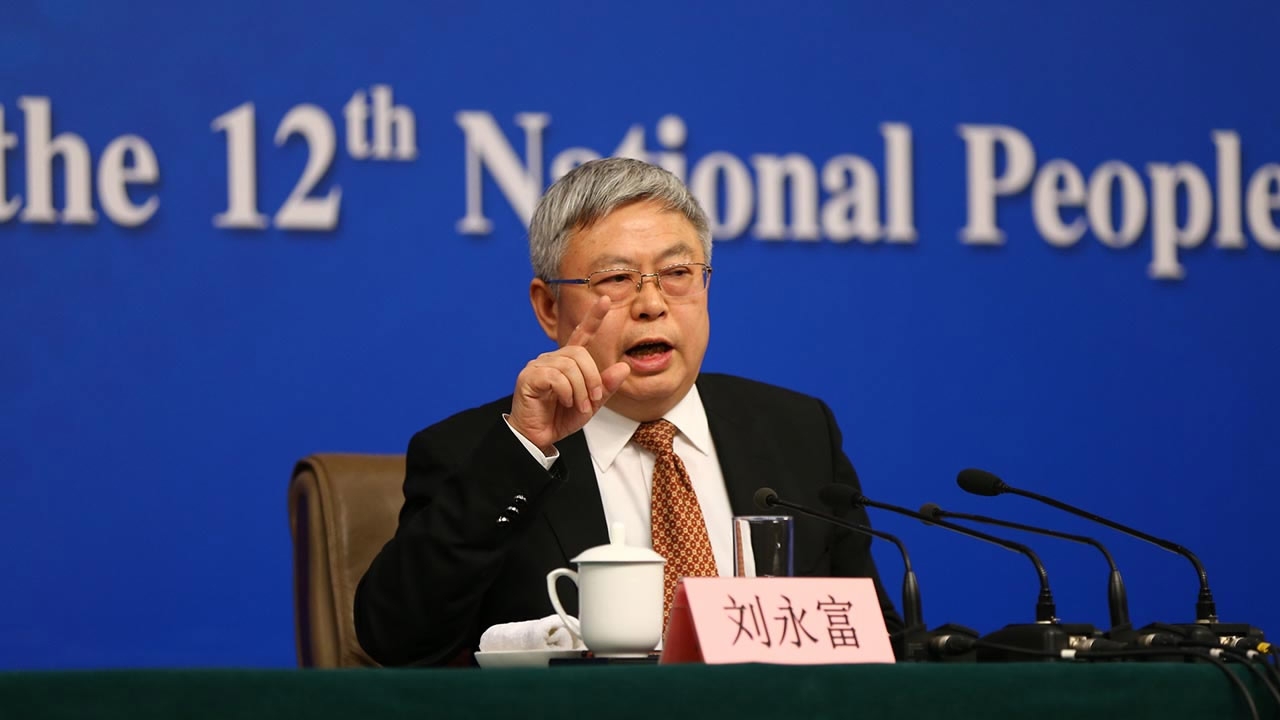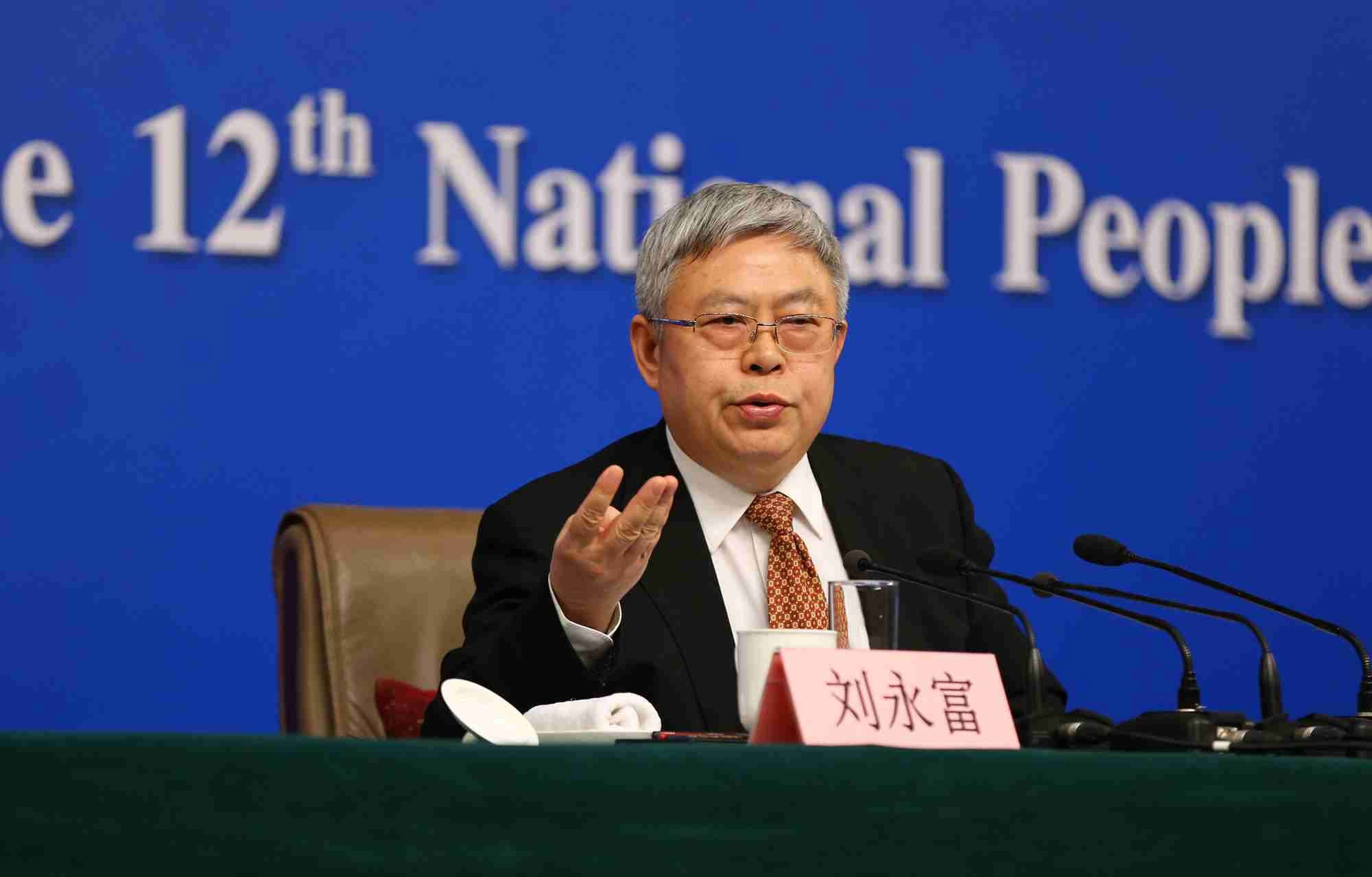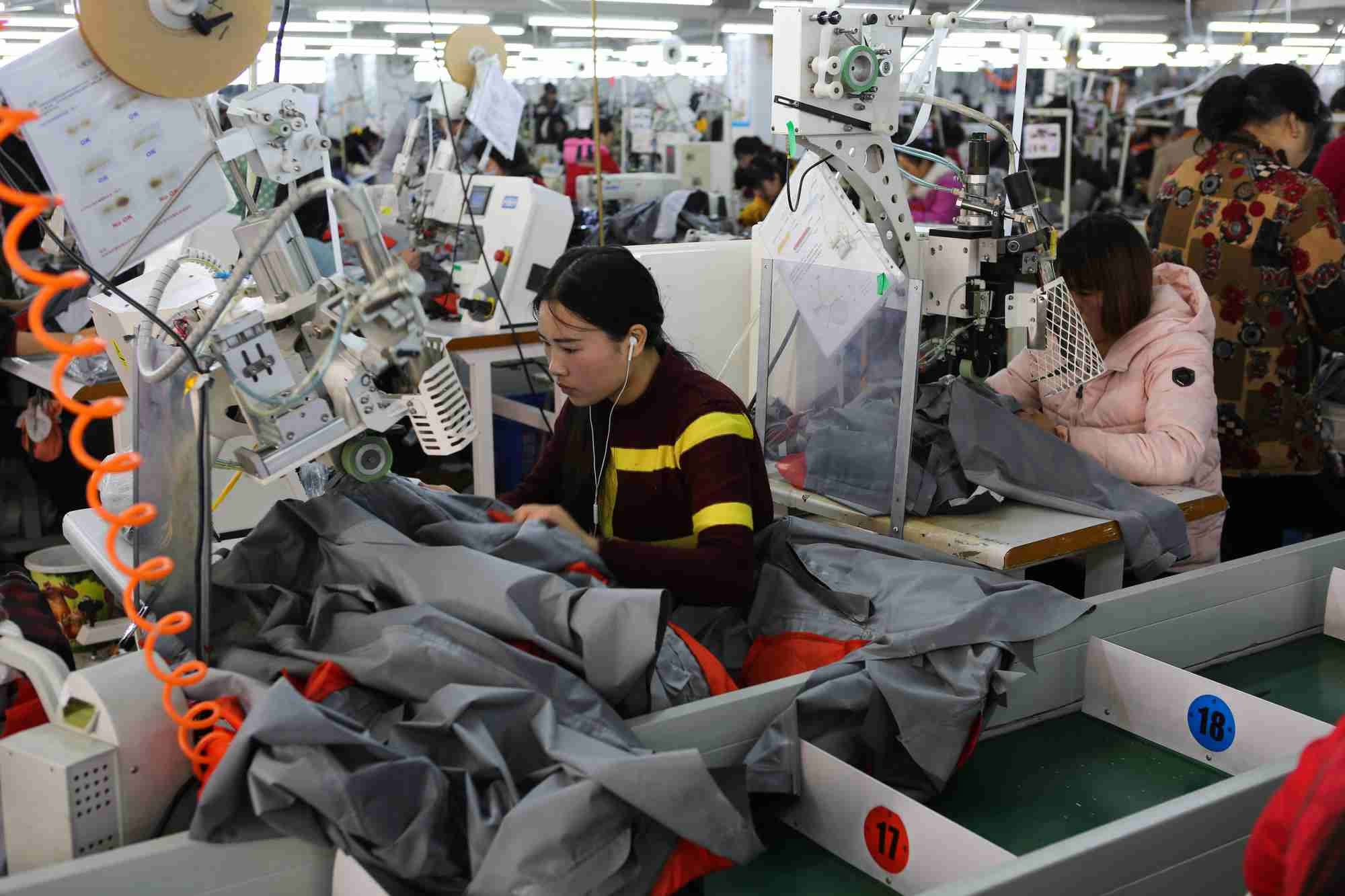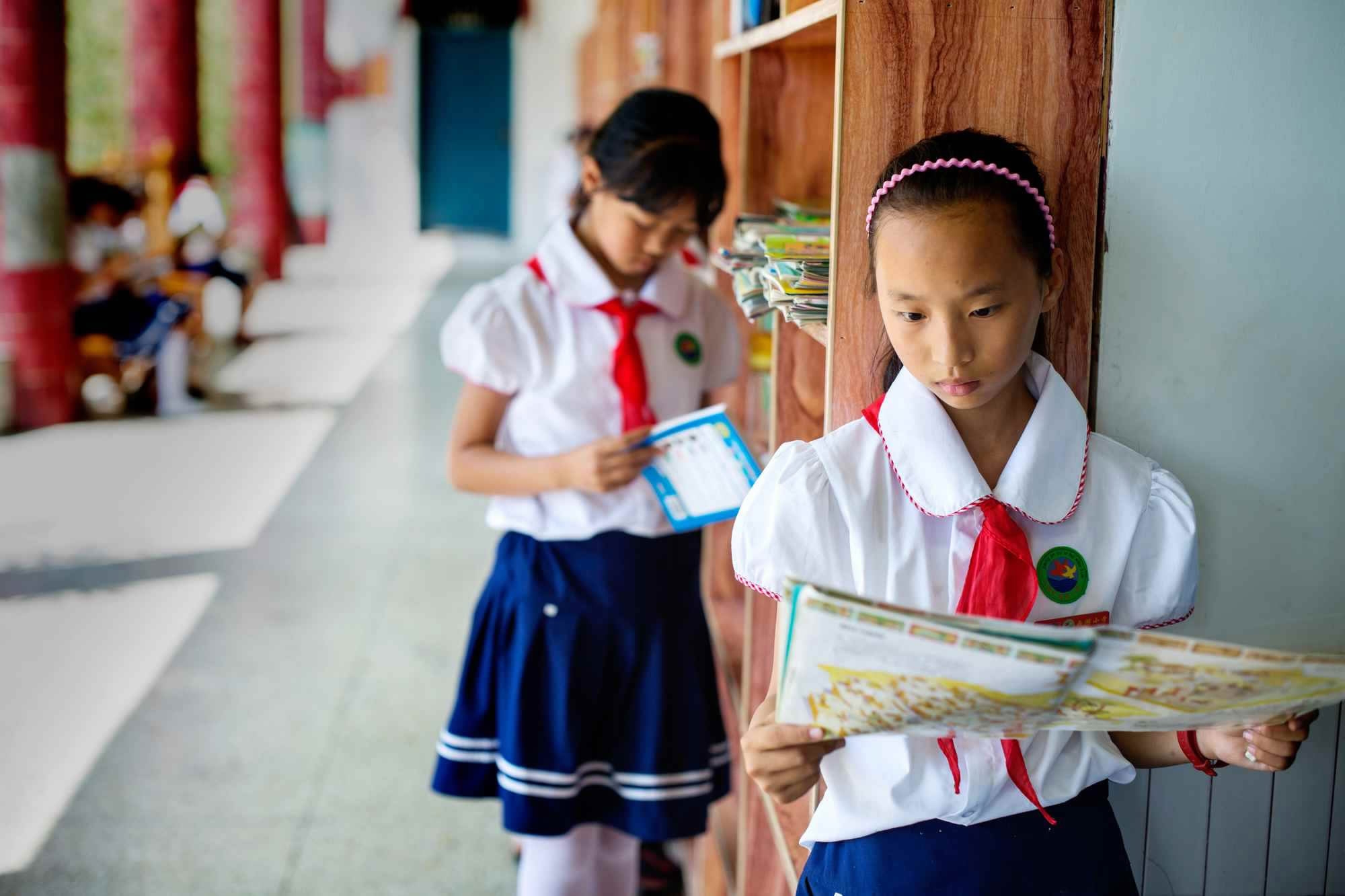
Politics
17:55, 07-Mar-2017
China must combine poverty alleviation with supply-side structural reform
Updated
10:59, 28-Jun-2018

China’s efforts on poverty alleviation should be in accordance with supply-side structural reform, Liu Yongfu, director of the office of the State Council Leading Group of Poverty Alleviation and Development, said on Tuesday.
“Supply-side structural reform is important for our country’s comprehensive and deep reform, while poverty alleviation is a central task for the government. They must and could combine together,” Liu said while briefing the media on China’s poverty-lifting measures as the country’s biggest political season, the Two Sessions, continues.

Liu Yongfu, director of the office of the State Council Leading Group of Poverty Alleviation and Development, speaks at the press conference on March 7, 2017. /VCG Photo
Liu Yongfu, director of the office of the State Council Leading Group of Poverty Alleviation and Development, speaks at the press conference on March 7, 2017. /VCG Photo
Supply-side structural reform, as the name implies, is different from developing an economy by stimulating demand which tends to be short-lived. Instead, it focuses on supply and is expected to generate sustainable and quality growth.
Liu said that in 2016, China integrated funds of over 33 billion US dollars for poverty alleviation programs in one-third of the country’s poor counties. The funds were used to develop industries according to local conditions, improve farming, livestock and poultry-raising structures.
“Let the poor people get involved into the efforts to get rid of poverty. They can achieve a better life through their own hands and gain a sense of fulfillment. These are all supply-side structural reforms,” Liu added.

CFP Photo
CFP Photo
He also stressed that ecological conservation must not be sacrificed in the fight against poverty.
“Poverty-alleviation efforts should be helpful in repairing the environment,” he said. “Any industry or programs aimed at overcoming poverty should keep this in mind.”
Liu further stated that Chinese authorities will invest 87 billion US dollars to relocate 10 million people out of poor and ecologically vulnerable areas.
China’s anti-poverty program
China has been resolute in its efforts to alleviate poverty and improve the livelihoods of its population. In 2016, the country lifted 12.4 million people out of poverty. Since 2012, China has successfully helped over 10 million people out of poverty every year, Liu said.

CFP Photo
CFP Photo
During a tour of the city of Zhangjiakou in northern China's Hebei Province in late January, Chinese President Xi Jinping stressed the importance of precision in the battle against poverty, saying that poverty alleviation should focus on targeted people and industries, and use the right tools to produce results.

Chinese President Xi Jinping (C) visits the home of villager Xu Wan in Desheng Village, Xiaoertai town, Zhangbei county, Zhangjiakou city in north China's Hebei Province, on January 24, 2017. /Xinhua Photo
Chinese President Xi Jinping (C) visits the home of villager Xu Wan in Desheng Village, Xiaoertai town, Zhangbei county, Zhangjiakou city in north China's Hebei Province, on January 24, 2017. /Xinhua Photo
The country's latest five-year plan (2016-2020) included aspirations to lift everybody in China out of poverty by 2020.
Definition of poverty in China
The poverty threshold in China was defined in 2016 as an income below 434 US dollars per person annually, up from 405 US dollars in 2015.
During Tuesday’s press conference, Liu said that only when less than two percent of the population in a certain area is living above that threshold can it be considered out of poverty.
He added that to exit poverty, people must have access to food and clothes, compulsory education, basic medical services and have a place to live in.

CFP Photo
CFP Photo
To promote the country’s poverty-fighting efforts, Liu also highlighted a series of actions ranging from fiscal spending increases to the increase of loans for rural businesses, from the mobilization of small businesses to creating social safety nets and combating rural corruption.
“It’s difficult, but we have confidence,” he added.
15km

SITEMAP
Copyright © 2018 CGTN. Beijing ICP prepared NO.16065310-3
Copyright © 2018 CGTN. Beijing ICP prepared NO.16065310-3